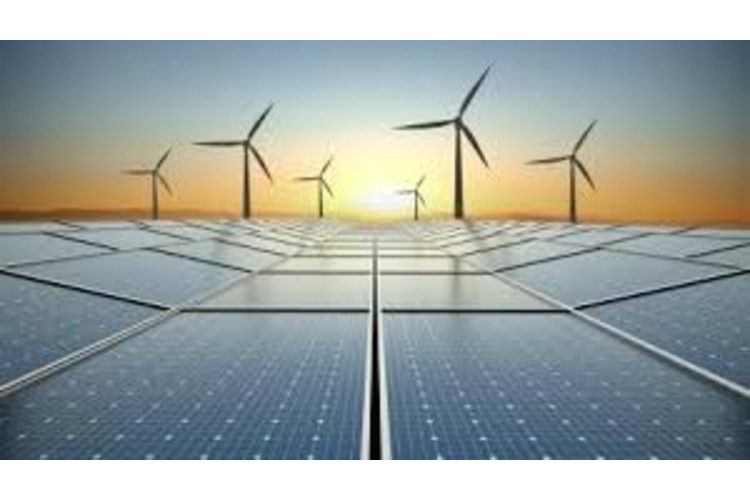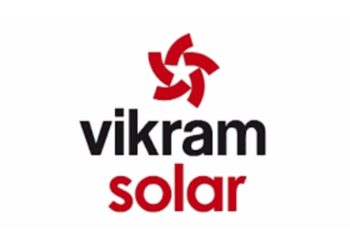The US Internal Revenue Service has released new regulations outlining stricter requirements on when construction of wind and solar projects is considered to have begun, for determining whether such projects are subject to the credit termination provisions in line with the One Big Beautiful Bill Act. The legislation terminates the clean electricity production and investment credits for wind and solar projects placed in service after December 31, 2027. However, projects that commence construction before July 4, 2026, will remain eligible for tax credits even if they are completed later.
The updated rules require developers to demonstrate that physical work of a significant nature has started, and to maintain a continuous programme of construction, which shall be called the continuity requirement. This eliminates reliance on the former Five Per Cent Safe Harbor for all projects, except solar facilities with a capacity less than 1.5 MW. The Five Per Cent Safe Harbor allowed projects to qualify by incurring at least five per cent of costs upfront. Now, the physical work test will serve as the sole method of proving eligibility, with both on-site activities such as foundation excavation or installing solar panels and off-site manufacturing of major components, mounting equipment, and inverters considered valid.
These changes apply to projects beginning construction after September 2, 2025. They were issued following an executive order of the US President directing the Department of the Interior to remove right-of-way and capacity fee discounts for wind and solar projects and restrict broad safe harbour practices. The notice also establishes a continuity safe harbour vis-à-vis the continuity requirement, under which projects must be placed in service within four years of beginning construction to retain eligibility.













